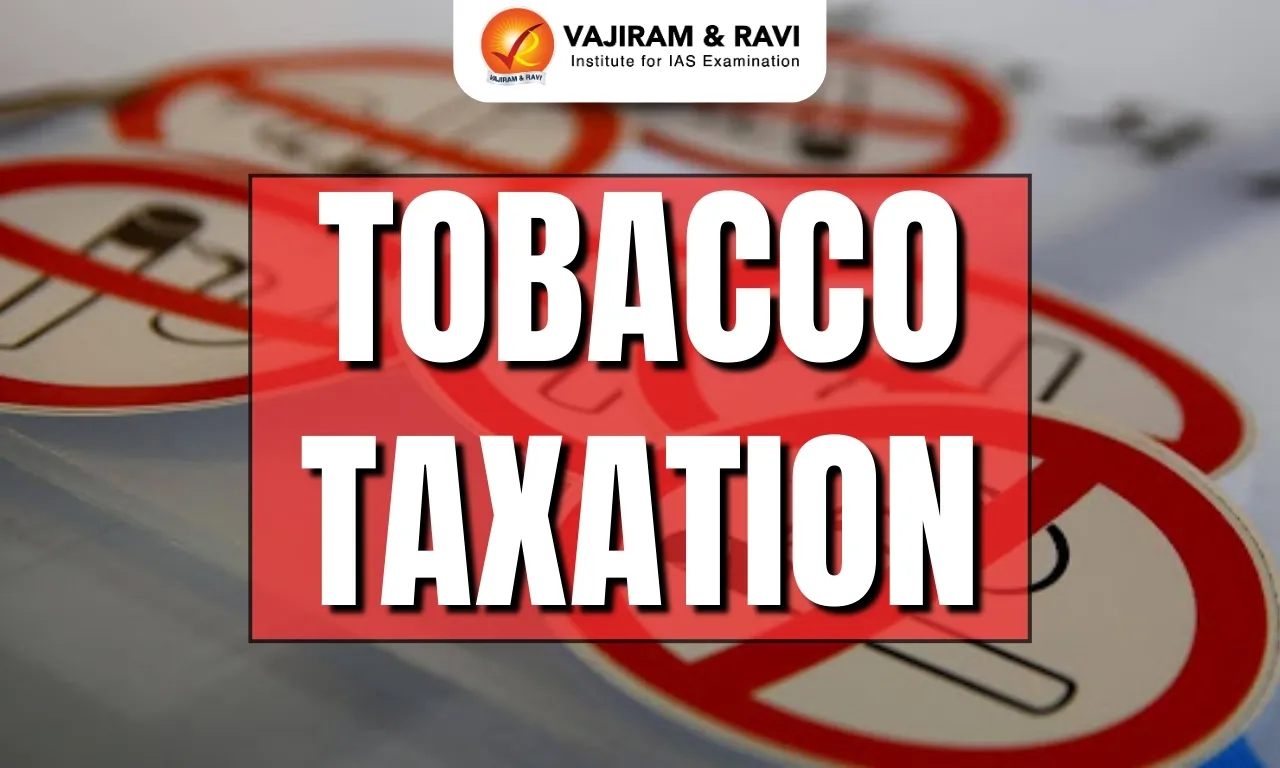What’s in today’s article?
- Why in news?
- What is e-Courts Integrated Mission Mode Project?
- What is National Judicial Data Grid (NJDG)?
Why in news?
- Chief Justice of India D.Y. Chandrachud announced the onboarding of the Supreme Court on the National Judicial Data Grid (NJDG) in open court.
- Now we have all three tiers of Indian judiciary on the NJDG portal.
- With this, real-time data on the filing and disposal of cases in the Supreme Court will now be available at the fingertips of the common man, just a click of a mouse away.
- The information available on the NJDG-SCI (Supreme Court of India) portal would include:
- the current pendency of civil and criminal cases,
- filing and disposal of cases in the previous month,
- number of cases pending before three-judge, five-judge and even nine-judge Benches.
What is e-Courts Integrated Mission Mode Project?
- The e-Courts Integrated Mission Mode Project is a project by the Government of India to improve access to justice using technology.
- It is anational e-Governance project of the Department of Justice, Ministry of Law and Justice.
- The Project was conceptualized based on ‘The National Policy and Action Plan for Implementation of ICT in the Indian Judiciary – 2005’ of the e-Committee of the Supreme Court of India.
- The project aims to provide services to litigants, lawyers, and the judiciary by computerizing district and subordinate courts.
- The project’s goals include:
- Automating processes to provide transparency of information access to stakeholders
- Enhancing judicial productivity
- Making the justice delivery system affordable, accessible, cost effective, and transparent
What is National Judicial Data Grid (NJDG)?
About:
- A part of the on-going e-Courts Integrated Mission Mode Project, NJDG is a flagship project launched in 2015 and is implemented under the aegis of the e-Committee Supreme Court of India.
- NJDG is a system for monitoring pendency and disposal of the cases in High Courts and Subordinate Courts.
- It is a database of orders, judgments and case details of 18,735 District & Subordinate Courts and High Courts created as an online platform under the eCourts Project.
- The statistics of pendency at National, State, District and at Individual Court level is available to anyone visiting the National Judicial Data Grid portal.
- Currently, litigants can access case status information on 23.81 crore cases, and more than 23.02 crore orders/judgements.
Features:
- NJDG provides the consolidated figures of pendency of cases in Judiciary.
- Statistical data is automatically updated daily.
- Pending Civil and Criminal Cases segregated into varied categories.
- Information pertaining to Institution and Disposal of cases is shown.
- Serves as National Judicial Data Warehouse.
Benefits:
- Works as a monitoring tool to identify, manage and reduce pendency of cases.
- E.g., in 2023, the total pendency of registered cases in SC is 64,854; however last month 5,412 cases were instituted and 5033 were disposed of.
- This suggests that pendency in the SC is largely due to legacy cases, since the court is currently disposing of approximately the same number of cases as are filed on an annual basis.
- Helps to providetimely inputs for making policy decisions to reduce delays in disposal of cases.
- Facilitates better monitoring of court performance and thus, serves as an efficient resource management tool.
- Promotes transparency and accountabilityin the system by displaying complete pendency and disposal of cases across the country in the public domain.
- NJDG has been instrumental for judicial planning, monitoring and remote administrationby High Court judges, District Judges, and High Court Registry.
- World Bank praised the NJDG in the Ease of Doing Business report for 2018.
- As per the report, NJDG made possible to generate case management reports, thereby making it easier to enforce contracts.
Q1) What is e-governance?
Electronic governance, or e-governance, is the use of information and communication technology (ICT) by the government to provide services, exchange information, and integrate systems. E-governance can involve interactions between governments, government agencies, citizens, and businesses.
Q2) What is Ease of Doing Business report?
The Ease of Doing Business (EoDB) index is a ranking system created by the World Bank. The index ranks countries from 1 to 190, with 1 being the best. A high ranking indicates that the regulatory environment is more conducive to starting and operating a business.
Source:
Last updated on January, 2026
→ Check out the latest UPSC Syllabus 2026 here.
→ Join Vajiram & Ravi’s Interview Guidance Programme for expert help to crack your final UPSC stage.
→ UPSC Mains Result 2025 is now out.
→ UPSC Notification 2026 is scheduled to be released on January 14, 2026.
→ UPSC Calendar 2026 is released on 15th May, 2025.
→ UPSC Prelims 2026 will be conducted on 24th May, 2026 & UPSC Mains 2026 will be conducted on 21st August 2026.
→ The UPSC Selection Process is of 3 stages-Prelims, Mains and Interview.
→ UPSC Result 2024 is released with latest UPSC Marksheet 2024. Check Now!
→ UPSC Toppers List 2024 is released now. Shakti Dubey is UPSC AIR 1 2024 Topper.
→ Also check Best IAS Coaching in Delhi

















